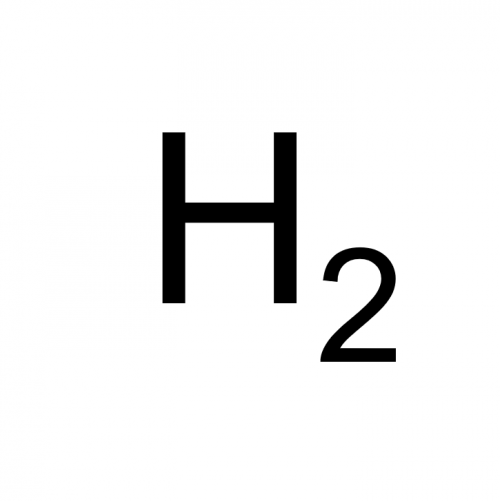- Anonymous Organization
- From European Union
- Responsive
- Project Size Range : 250,000 - 1,000,000 €
- Posted by
Desired outcome
The availability of hydrogen without CO2-burden at reasonable costs is a crucial key for low carbon chemistry. The water electrolysis with renewable electricity is one technology to provide "green hydrogen". The electrolyser we are looking for must be able to follow rapidly the intermittant availability of renewable electricity from i.e. wind or photovoltaic. The technology must have a highly flexible part-load capability especially in the low range (about 10% of nominal capacity) together with response time to load change in the range of seconds or less. Additionally to fulfill economic requirements the system costs for the electrolyzer must be reasonably below today`s technical solutions.
Details of the Technology Call
As state of the art two different electrolysis technologies are available:
1. Electrolyzers with proton exchange membrane (PEM):
A proton conductive membrane like for example NAFION is used to separate the anode and cathode of the electrolysis cell. The thin and gas tight membrane enables high part load capability and low response time. The acidic regime of the electrolyte is the reason for expensive corrosion stable construction materials and the use of noble metal catalysts resulting in high costs.
2. Alkaline elctrolyzer (AEL):
Here a porous diaphragm soaked with KOH/H2O is used as a separator. The diaphragm is not gas tight because of diffusion effects although it is relatively thick. This results in poor part load capapbility and relatively long response time. The advantage of the alkaline regime is the use of cheap construction materials and low cost Ni-based electrode catalysts.
The proposal we are looking for should combine the advantages of bothtechnologies without the respective disadvantages:
- low response time,
- high part load capability,
- cheap construction materials for the cell
- and cheap electrode catalysts.
Technical requirements
- Besides the already formulated requirements the solution should be scalable to industrial scale including the availability of materials like catalysts.
- The life time of the equipment should be at least 5 to 10 years for practical use.
Related Keywords
About Us
Company in the fields of Materials, Chemicals, and Industrial Solution with access to technologies and capital for scale-up.
About Innovation Needs
Innovation Needs on Innoget are directly posted and managed by its members as well as evaluation of proposals. Innoget is the trusted open innovation and science network aimed at directly connect industry needs with professionals online.



